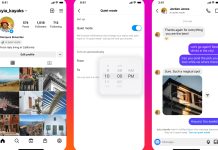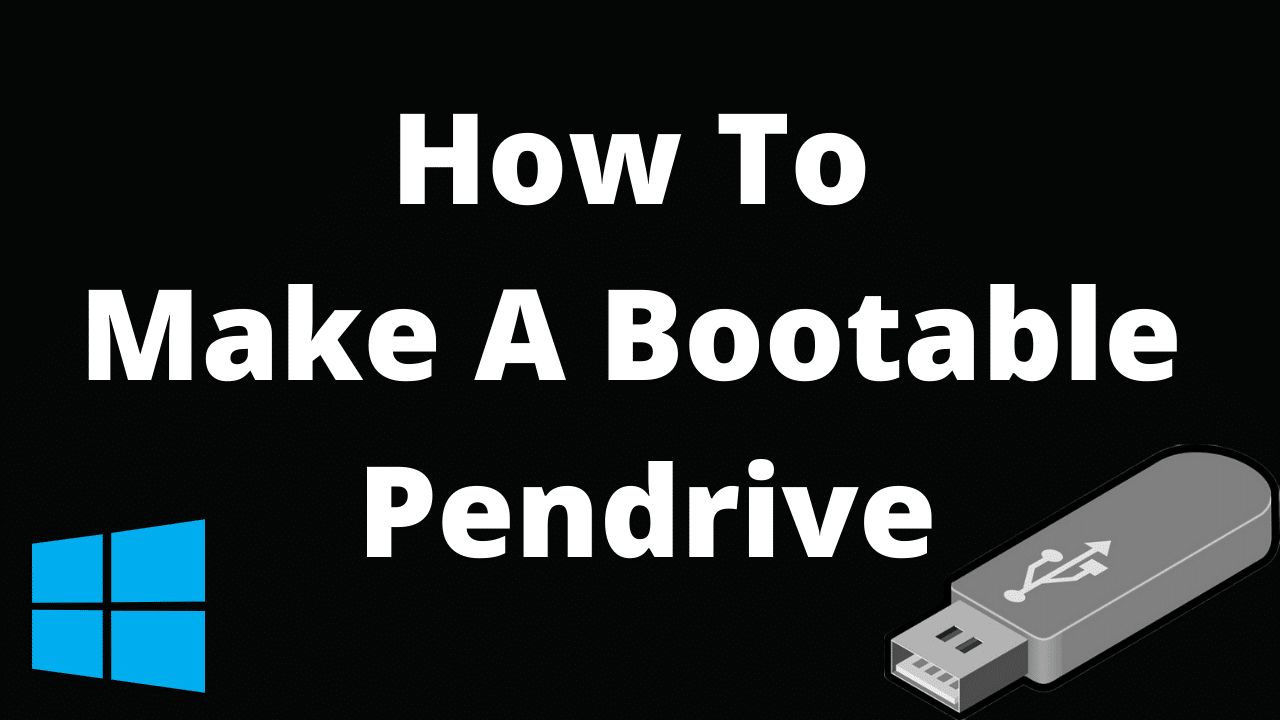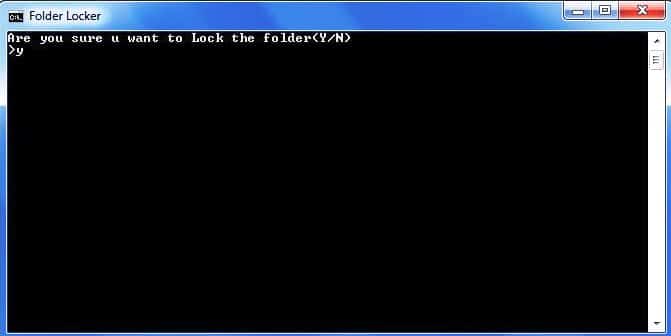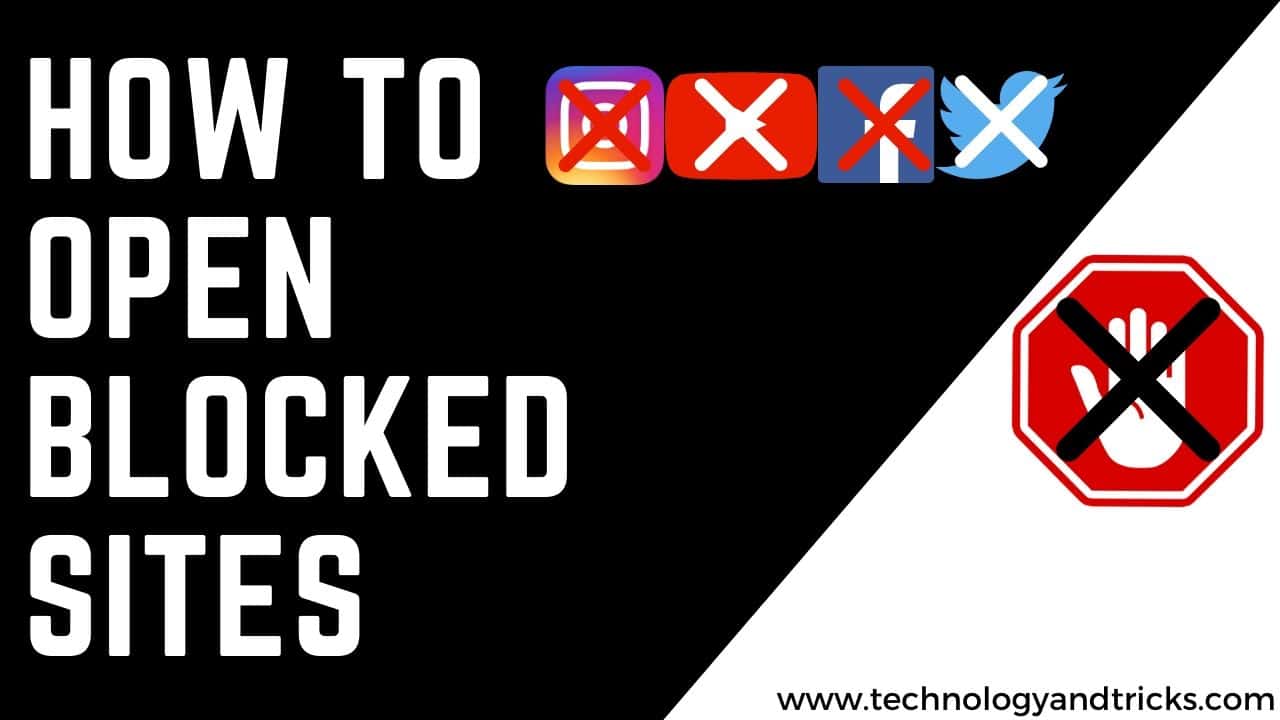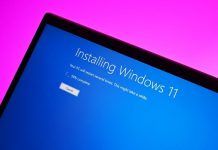

Internet censorship has grown dramatically in recent years. Government censorship is on the rise. How to open blocked sites at school, work, home. Some network administrators prevent users from accessing certain websites that they find unnecessary in places such as schools, colleges and sometimes even offices. At that time, you may need to access a blocked website. This article explains How to open blocked sites at school, work, home.
Which websites are most frequently blocked?
The most blocked websites include websites about pop culture, health, drugs, women, religion, and politics. Also, social sites are often blocked and include likes from Facebook, Instagram, MySpace, Reddit, Digg, Hulu, Wattpad, Blogger (BlogSpot), Twitter, YouTube, Quora !, Pinterest, LinkedIn, Tumblr, Bebo, Flickr, Yahoo! Messenger, Typepad, Technorati, StumbleUpon and Delicious. Sites like Amazon Prime, Google News, Wikipedia, Wikileaks, and eBay! They are also blocked in certain places.
How to open blocked sites at school, work, home:
There are many authentic reasons why you may want to visit sites that are blocked at school or in the office. Below are the ways you can use it to regain access to the blocked site you want to visit.
- Cache method: Most search engines keep a cache of web pages indexed by them. You can search for a website on Google, Yahoo! or Bing and click on the cached link next to the result. To load web pages faster, you can visit the text-only version. Because the site is provided by search engine servers, it can be used to bypass IP address and URL filtering.
- Using Google Web Light: For users browsing a slow mobile Internet connection, Google Web Light removes all CSS and JavaScript style to present a reduced version of the website on Google’s own servers. Because the content is provided from Google’s servers, the blocking software feels like you’re visiting Google, while actually viewing the blocked site. Go to Google Web Light. To visit the website of your choice, simply replace tweakandtrick.com in the URL with the site address. Despite being designed for mobile devices with a slow internet connection, Google Web Light can also be accessed from your computer.
- Access blocked sites with Google Translate: You can use Google’s translation service to visit blocked sites. To do this, enter a language other than the site language in the “From” field and English in the “To” field. You can also use this method to bypass software that blocks websites based on specific keywords. Translate the URL you want to visit in another language to pass the keyword block.
- Create a two-layer unlocker: Go to Google Translate, open any proxy website in it, and then use the proxy website to access your blocked site. This way, you can unlock the site on two levels.
- Use RSS Readers to Access Restricted Blogs: All blogs syndicate their content through RSS feeds that you can subscribe to web-based RSS readers such as Feedly to access blocked content.
- To access a blocked website, you can enter the IP address instead of the URL in the address bar of the browser. This can prevent most forms of website blocking. Although if the blocking software assigns the IP address of the site domain, the site will still be blocked. You can find the IP address of any website by typing the domain name of the site in Command Prompt in Windows (Terminal on other operating systems) and noting its IP address. Ping www.tweakandtrick.com at the command prompt to ping www.tweakandtrick.com.
- Use the IP address for decimal conversion: If you cannot access your blocked site by entering the IP address, you can enter the decimal equivalent of the IP address of the URL to access it. Search for Google IP at the IP address of the decimal + prohibited site, and Google will convert it to decimal. Enter this in the address bar of your browser and see if the blocked site opens.
- Nyud.net: To unlock blocked sites, simply add nyud.net to the URL. For example, if this blog (www.technologyandtricks.com) is blocked, you can visit it by visiting www.technologyandtricks.com.nyud.net. Note: Nyud.net may not work for some users.
- Opera Mini Simulator: Opera Mini, the mobile browser for users with an Internet connection, can install on computers. You can use this version for your computer to visit blocked websites, and Opera Mini accesses content from Opera’s servers instead of accessing the servers that are on the website. Most of the websites can be delivered by one method, but the quality of the results obtained may not be very good for the websites on the JavaScript sites.
- TOR: The Onion Router is free software that protects users’ privacy and security to channel data through numerous nodes to prevent the original data from being designated. Although the TOR navigator is a bit slow, it is not one of the most effective ways to avoid website restrictions and protect its privacy.
- Web Proxy Sites: There are many proxy web sites (anonymizers) that open blocked web sites on the servers and present their information. It is hiding the direction of the website that is intended to visit its Internet service provider. Few popular free ones include Anonymouse and KProxy.
- VPN: Software VPN or virtual network can be described as a tune under the public network that can provide more information about web proxy sites, which already encrypt data transferred from the web site. blocked, thus offering complete anonymity. If the software VPN is available only as a payment for the software, HotSpotShield is a free alternative.
- IP Hiding software: Web sites can sometimes block users from visiting a particular IP address. In story cases, you can use free IP operating software like UltraSurf for visiting. If the software offers fewer features compared to the pages, it will be displayed effectively to overcome blocks of more communities.
- Changing DNS servers: A common form of blocking websites is avoided by DNS servers that provide server locations of the blocked website. In the scenario, switching DNS servers away from OpenDNS or Google DNS will be the best option to overcome the bottleneck. In addition, Internet speed can be added.
- Edit your host files: Some malicious and blocking programs edit the host archives and agree with the direction of a website to avoid visiting. In the scenario, you can edit a host file with the notepad by visiting “C: \ WINDOWS \ system32 \ drivers \ etc” and C is its system drive. In Windows 10, Windows 8 (.1) and Windows 7, you can display a UAC creative.





